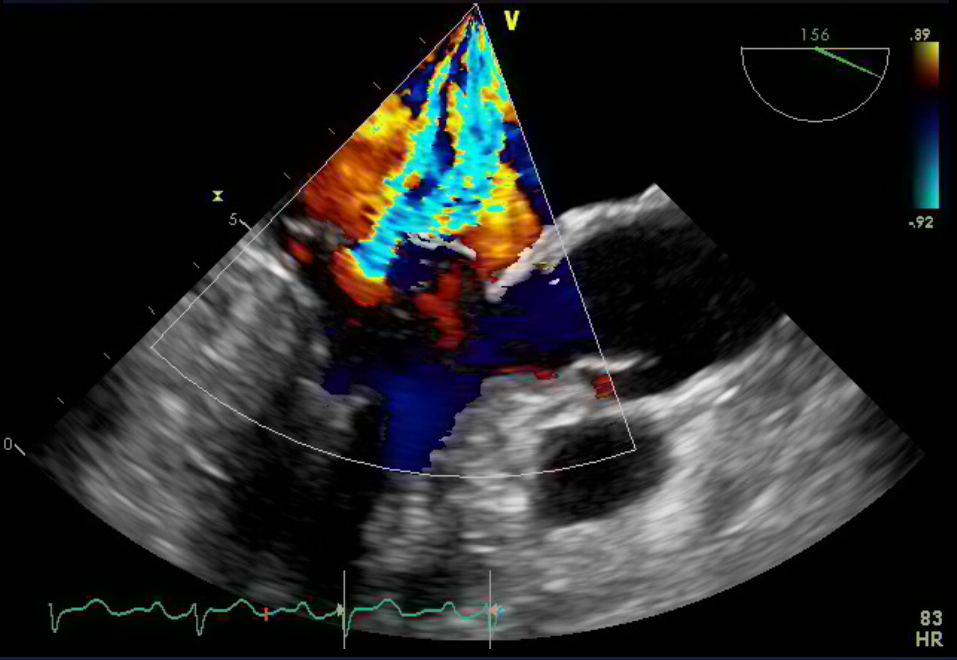Transoesophageal Echo
A transoesophageal Echocardiogram (TOE) is an ultrasound scan which looks at the structure and function of your heart.
A transthroacic (Routine) echocardiogram uses a probe on the outside of the chest to take ultrasound pictures whereas for the TOE, the probe taking picture of the heart is on the end of a small flexible tube which is inserted through the mouth and into oesophagus (Tube connecting your mouth to your stomach).
The pictures using this type of ultrasound is much more detailed as the probe is closer to your heart.
What happens on the day?
Before the procedure, the consultant/physiologist/Nurse will explain the procedure to you and gain your consent. They will then spray the back of your throat with a numbing spray which aids the passing of tube in to your stomach. This has a flavour similar to bitter bananas. A light sedation is also given to help you relax.
You will then be asked to lie on your side and swallow a small probe. This will send pictures which are captured by the echo machine.
The procedure usually takes around 20-30 minutes and then the probe is gently withdrawn.
What are the risk?
Risk of this procedure is very low. Most people tolerate the investigation well although you may have some mild symptoms during the investigation (Mostly Coughing)
Serious risks can include:
Palpitations: This is irregular beating of your heart, The risk of this during procedure is <0.5%.
Difficulty in breathing: This can happen as a result of bronchospasm which is tightening of your airways. The rest of this during procedure is 0.5%
Bleeding: There is a 2% risk of bleeding from stomach or swallowing tube.
Oesophageal perforation: There is 0.01% risk of split or damage to the oesophagus which may need surgical intervention
Results:
The results of your scan will be send to your consultant who will discuss it with you at your next appointment.








